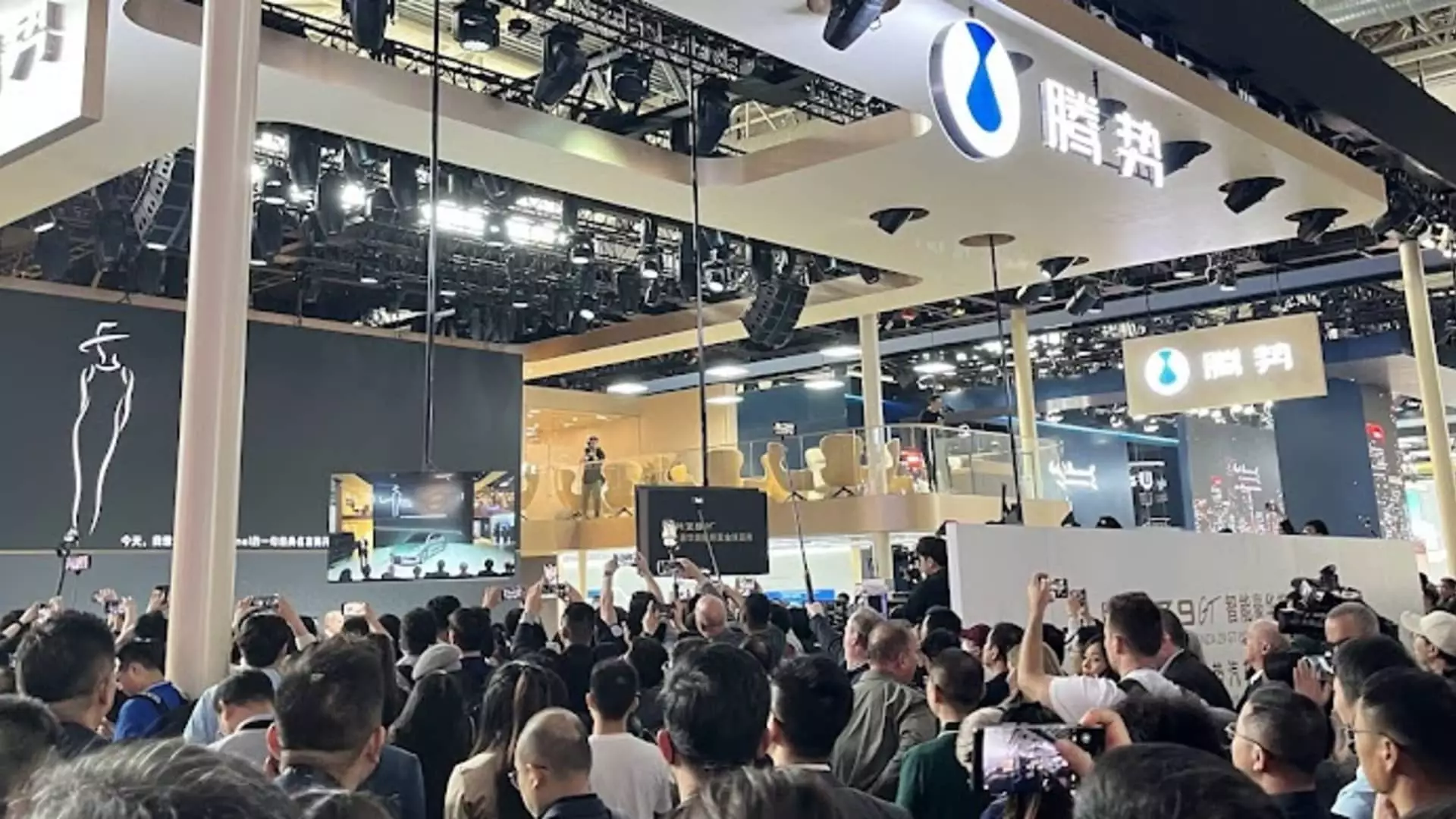China’s car market has been a focal point for investment analysts as they observe the aftermath of a 10-day auto show held in Beijing. The intensity of competition among car manufacturers was on full display during this event, leading to speculation about potential winners and losers in the market. The overwhelming number of visitors and car launches highlighted the vibrancy of the industry, but also raised concerns about oversaturation and irrational competition. With over 170 brands operating in the Chinese market, analysts are questioning the sustainability of this level of competition, especially amidst the transition from internal combustion engines to battery electric vehicles.
The Beijing auto show opened its doors to the general public after initially restricting access to business and media attendees. Car companies took advantage of this opportunity to engage with consumers by offering unique experiences and entertainment. From showcasing autonomous driving technology to hiring musicians and dancers, automakers sought to create memorable experiences for visitors. Additionally, the show provided a platform for new car models to debut, attracting attention from industry experts and consumers alike. Marketing tactics employed at the auto show underscored the importance of brand visibility and consumer engagement in a crowded market.
China’s push to encourage trade-ins of new energy vehicles and fuel-powered cars has significant implications for the industry. With subsidies offered to incentivize purchases, analysts predict a possible increase in passenger vehicle sales by 1 million units this year. This policy shift could impact the market dynamics by boosting the penetration of new energy vehicles and influencing buying behavior. Investment recommendations from analysts highlight specific Chinese car stocks as potential beneficiaries of government stimulus, suggesting a positive outlook for selected companies in the market.
The focus on Chinese automakers in investment analysis signals a shift in market dynamics, where domestic players are gaining traction at the expense of foreign companies. Foreign OEMs like Volkswagen are facing challenges in adapting to changing consumer demands and increasing competition from cost-competitive Chinese brands. Insights from investor briefings suggest a realignment of strategies among foreign companies to regain market leadership and navigate the evolving landscape of the Chinese auto market. While some foreign brands maintain their competitive position, the overall trend reflects a repositioning towards local partnerships and market-specific approaches.
As analysts assess the implications of the Beijing auto show and industry trends on investment decisions, key recommendations emerge for market participants. Identifying potential winners among Chinese car stocks such as BYD, Geely, and Leapmotor underscores the momentum of domestic players in the market. Government stimulus measures and evolving consumer preferences create opportunities for strategic investments and partnerships. Foreign OEMs need to recalibrate their strategies to align with the changing dynamics of the Chinese auto market and capitalize on emerging trends. Overall, a nuanced understanding of market forces and consumer behavior is essential for making informed investment decisions in the evolving landscape of China’s auto industry.

